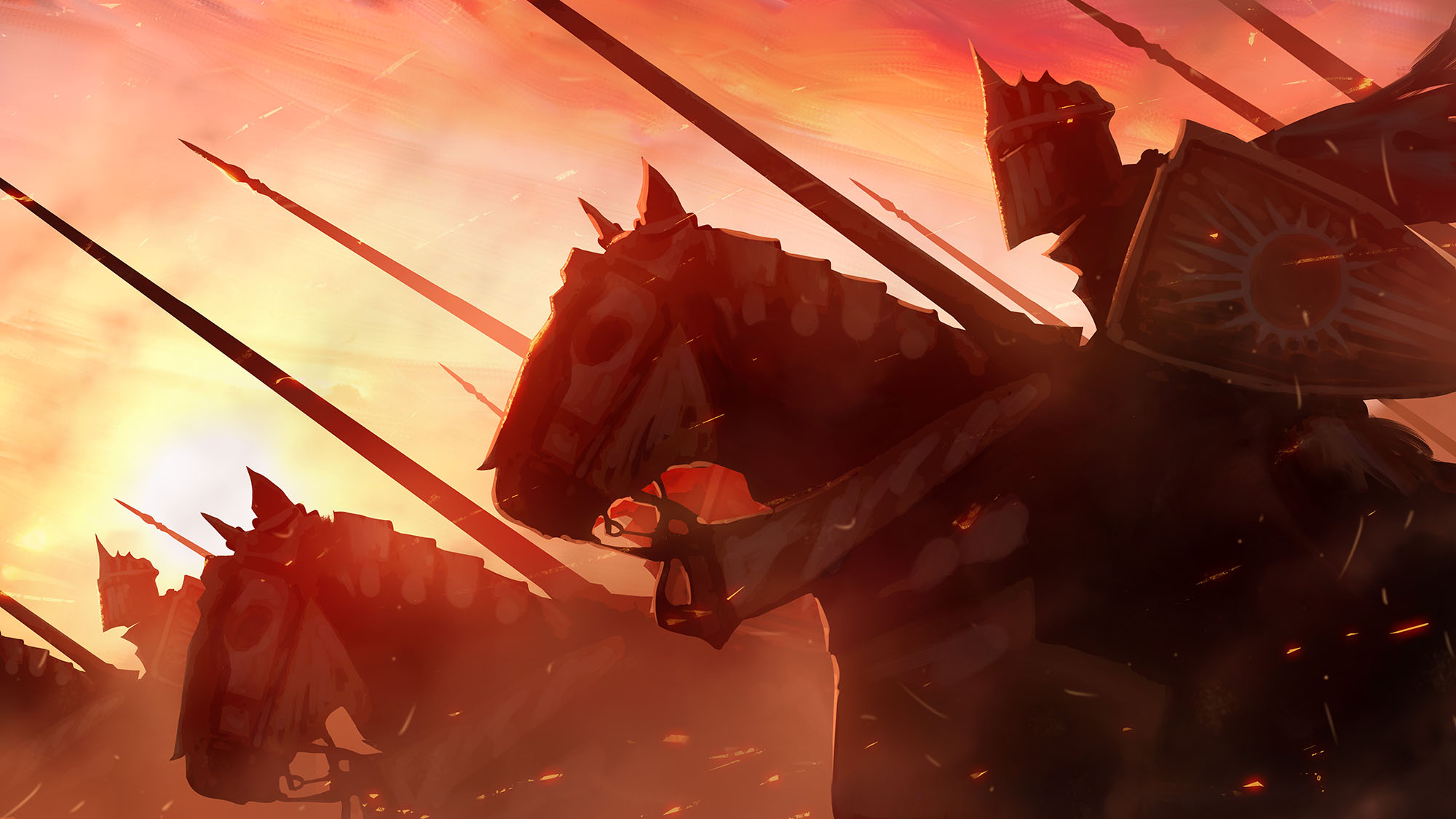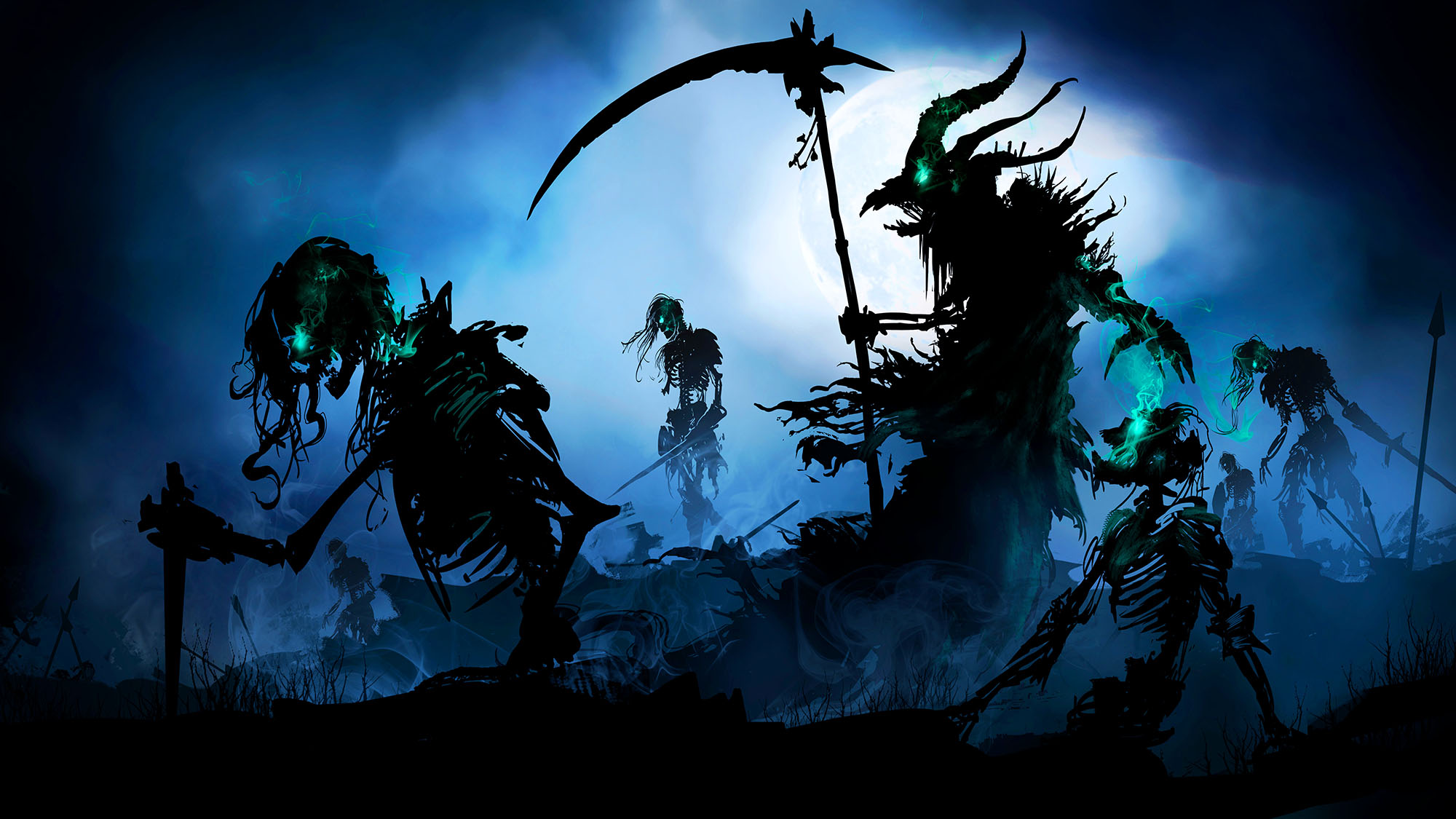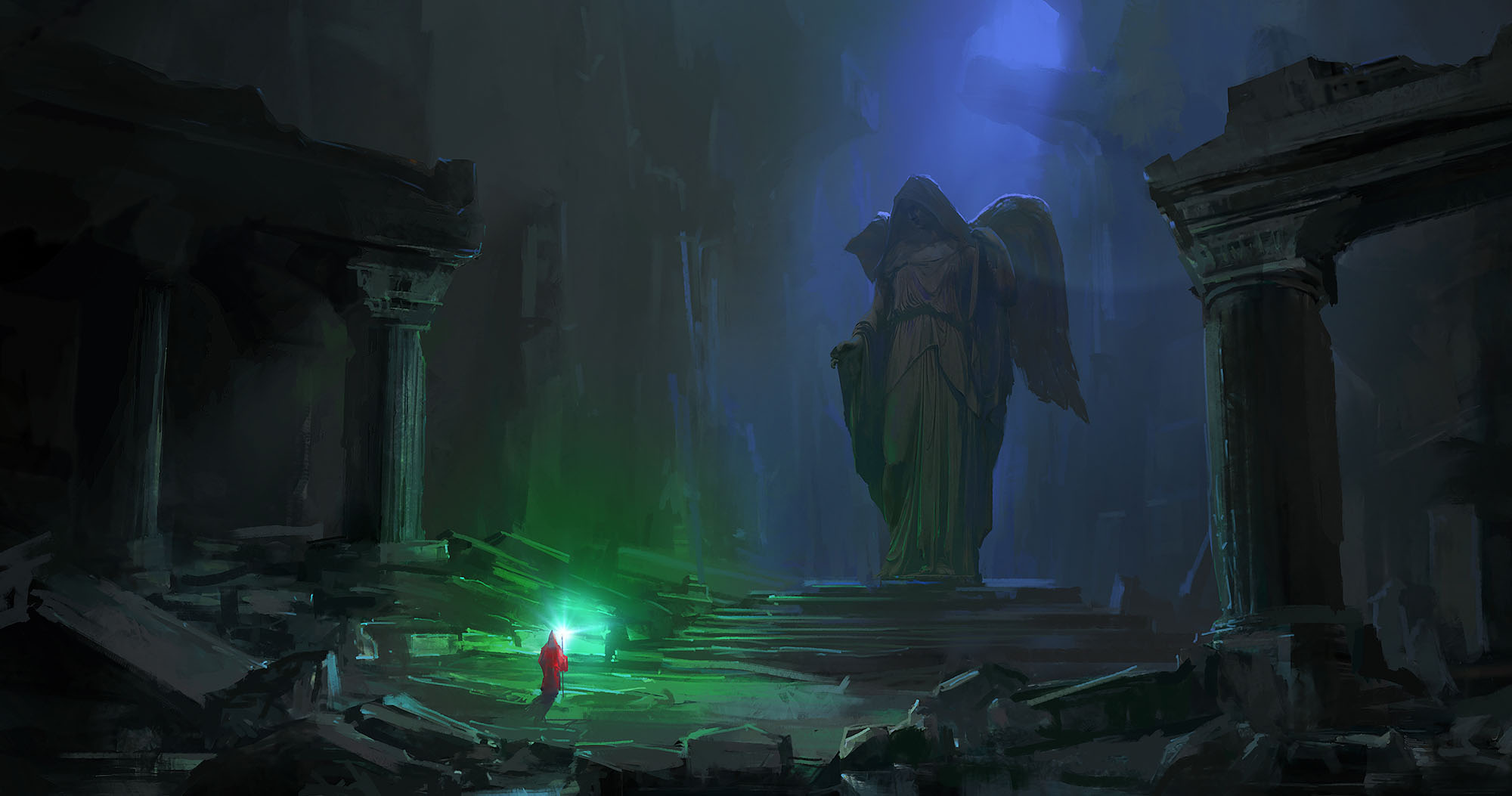Go to Campaign Status Documents
A GM’s role at the table can be almost entirely described as providing the world’s response to a PC’s actions. “You do X, therefore Y happens. Now what do you do?”
This is relatively easy to maintain and keep track of in the normal course of play as reactions happen in more or less immediate succession: You swing your sword at the orc and we immediately learn whether or not you hit them. You negotiate with the Admiral and their responses to your repartee is an immediate back-and-forth.
But in some cases, the reaction to the actions of the PCs will be delayed. Or the PCs will knock over a chain of dominos which continue to topple offscreen: They leave evidence of their break-in and the Herschfelds begin an investigation. They retrieve a powerful artifact and deliver it to one of the heirs of the throne. They write a letter to their contact in Paris and must wait for a transatlantic response.
The campaign status document, of course, is the perfect vehicle for tracking the fallout from an in-game event. This generally takes the form of either a single event or a timeline of events.
For example, when the PCs in my Ptolus campaign fought a demon, got coated in demonic filth, and then teleported directly back to their rooms at the Ghostly Minstrel, they ended up impregnating the rug in their room with some of that filth. I decided that this filth would fester for several days before generating a half dozen demonic maggots. It would have been easy to lose track of this cool idea, since it wouldn’t happen for several sessions. But I simply included it in the timeline of bangs and supported it with a small sub-section in the campaign status document (which included the bespoke stat block for the maggots). Once there, the event could simply sit and wait until it was triggered at the appropriate time.
(Due to COVID-19, it actually took more than two years of real-time for this to pay off.)
Other events will have more complicated or multi-step resolutions. These basically work like the timeline of continued events that you’ll use as part of your scenario updates, except that the events in question aren’t connected to a specific scenario. (Remember that the campaign status document acts as a good catch-all for all the stuff in a campaign that neither belongs clearly to a specific scenario, nor rises to a level of complexity where it would be appropriate to spin it off into its own scenario.)
To take another example from my Ptolus campaign, the PCs recovered an artifact known as the Horn of the Atapi. It didn’t take much effort for them to conclude it might have something to do with the Atapi clans who were currently besieging Casalia (another city-state south of Ptolus in my campaign world), and so the PCs decided to give the Horn to the Commissar to see if it might be somehow relevant to the war effort. The consequences of this choice are actually still playing out in my campaign, which means that my current campaign status document includes a timeline of future events relating to the Horn and its disposition.
Preparing these timelines, for me, often takes the form of solo roleplaying: I’m putting myself in the shoes of the NPCs involved, thinking about how they would react, then looking at the NPCs who would be affected by that and then figuring out how they would react. (And so forth.) In fact, I will often go so far as to roll dice and actually resolve the offscreen action to see how things would turn out. (Usually at a fairly high-level of abstraction, but nonetheless.) That’s not necessary, of course, and there are plenty of times that I’m simply making creatively appropriate decisions as I lay things out.
MINI-SCENARIOS
Event fallout can also include “mini-scenarios” that become part of the campaign status document. Again, anything that becomes sufficiently complicated should simply be spun off into a full-fledged set of scenario notes, but I often find there’s a fuzzy middle-ground where you’ll want to prep some interactive stuff, but handling it as a full-fledged scenario would really just clutter stuff up and make it harder to use.
(If you’re looking for a rule of thumb, anything longer than a single page should almost certainly be spun off. I generally try to keep these to no more than half a page if possible.)
Once a mini-scenario is complete, of course, you can simply remove it from your campaign status document.
The zaug maggot encounter described above can actually be seen as an example of this: It wasn’t just a single event, technically, it was an interactive mini-scenario featuring the fight with the maggots. Once the fight was done, I deleted the section dedicated to maggots.
Proactive combat encounters like this, often featuring some sort of retaliatory strike from a faction the PCs have pissed off, are quite common, in my experience.
Another common example is when the PCs have declared their interest in doing something that would (a) benefit from a little prep, but (b) once again, doesn’t really support ginning up a full a scenario.
Returning to my Ptolus campaign for a third, the PCs wanted to track down a nightstick, a cool magical item from the Libris Mortis sourcebook that grants additional uses of turn/rebuke undead per day. I knew that there wasn’t one available in the local magic markets, but I let them make a Gather Information check to see if they could locate one in a private collection. The succeeded on the check and, looking through the Ptolus sourcebook, I decided that it would make sense for the Keepers of the Veil, an order of knighthood dedicated to exterminating the undead, to have a nightstick.
I gave the PCs this information, but, having other urgent concerns, they didn’t immediately follow up on it. Believing that they would, however, I added a “Finding a Nightstick” mini-scenario to my campaign status document:
FINDING A NIGHTSTICK
KEEPERS OF THE VEIL (Ptolus, pg. 120)
Meet with Phadian Gess.
- Kind-hearted woman with short black hair and a short but fit frame.
- Became co-leader of the order with Sir Beck five years ago.
Negotiations
- Initial Request: 30,000 gp
- Fallback: 15,000 gp and they assist with a night-ride mission
NIGHT-RIDE MISSION
They have indications of an outbreak from the Necropolis near Wavecrest Way. There’s repeated activity, so they’re going to patrol the streets.
MOTHER’S LEMURES (from Dark Reliquary)
- 5 advanced lemures
- 10 lemures
- A D’Straadi dancer is observing the fight (having come to collect the wayward children). (Ptolus, pg. 622)
Lemures can be tracked back to the Dark Reliquary if tracks are searched for on the Necropolis-side of the wall.
Nightstick: This black rod carved of darkly stained wood is inset with religious symbols of various deities. Anyone who possesses the rod and is able to turn or rebuke undead gains four more uses of the ability per day.
Moderate necromancy; CL 10th; Craft Rod, Extra Turning, class ability to turn or rebuke undead; Price 7,500 gp. (Libris Mortis)
In practice, it turned out that getting the nightstick was a low enough priority for the PCs that it kept getting pushed back. This mini-scenario hung around in my campaign status document for awhile, until other circumstances resulted in me writing up some scenario notes for the Dark Reliquary. Once that scenario existed, it made sense to embed these notes in that scenario so that I could de-clutter my campaign status document.

















